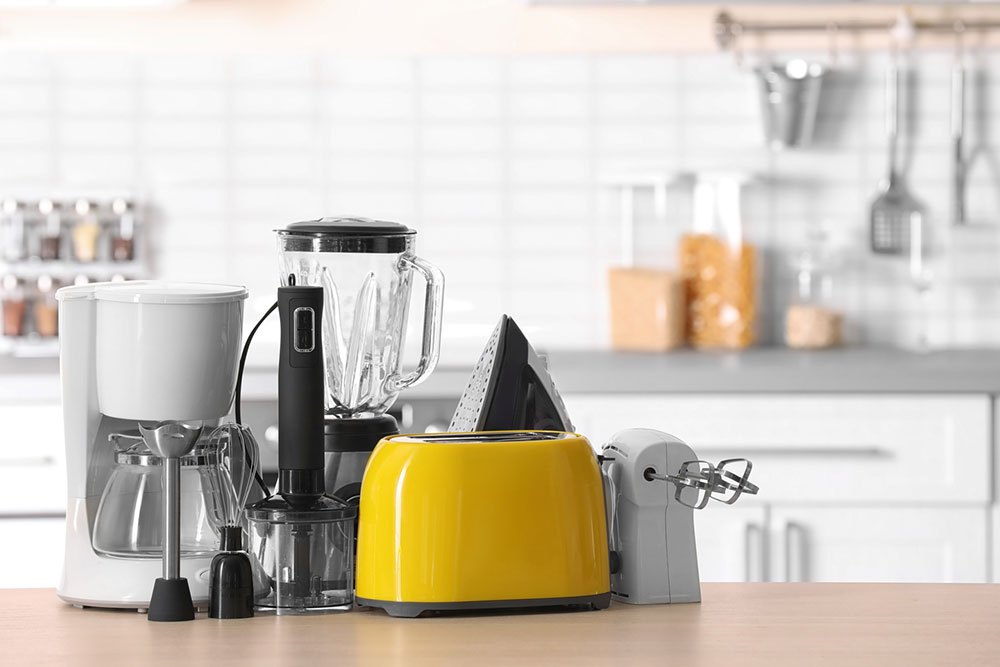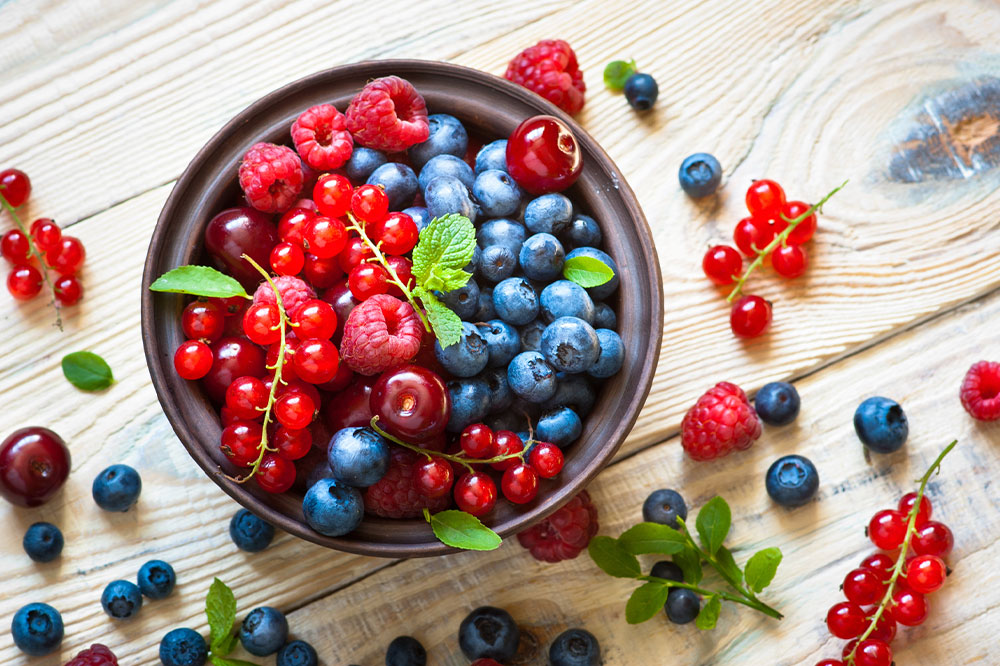Must-have kitchen appliances and tips to buy them

Processes like chopping, grilling, broiling, roasting, and sauteing are indispensable in the kitchen and can be extremely time-consuming, even for cooking aficionados. In today’s fast-paced world, kitchen appliances make these processes considerably easier, quicker, and fuss-free. The appliances also allow one to spend more time experimenting with their cooking style and recipes instead of performing repetitive tasks. So, here is a list of must-have kitchen appliances to make daily tasks easier:
Types of kitchen appliances
1. Microwave
A conventional microwave is a multipurpose appliance that can perform a host of tasks like reheating, grilling, baking, cooking, and roasting. Additionally, it can be used to disinfect kitchen items and de-crystallize kitchen ingredients like honey. A microwave saves a considerable amount of time on a daily basis and allows sufficient room for innovation in the kitchen.
2. Dishwasher
While cooking may be a therapeutic process for many, the cleanup that follows does require considerable effort and time. A dishwasher makes this process a breeze by catering to a variety of dishwashing needs, from hard scrubbing frying pans and pots to gently cleaning glassware and crockery. Today, one can choose from multiple dishwasher sizes based on the average number of dishes to be washed and available space in the kitchen.
3. Coffee maker
For coffee lovers, a cup of hot, freshly brewed coffee marks the beginning of their day. Coffee makers are handy kitchen appliances that can brew various types of coffee, from the classic latte and cappuccino to espresso and americano, within no time. One can pick from various coffee maker models based on their requirements and budget range. Today, one can even find compact, portable coffee makers that not only take up very little space in the kitchen but can also accompany one on their trips.
4. Griller
A griller is a handy appliance to make that quick sandwich for breakfast, lunch, or a snack. One can also use this appliance to grill vegetables, meat, and other ingredients and prepare a delicious meal quickly.
5. Kitchen exhaust hood
A kitchen exhaust hood, also called an extractor or range hood, is an appliance comprising an electric fan that is suspended over the stove to get rid of fumes, smoke, grease, and steam emitted during the cooking process. So, the exhaust hood gets rid of factors that are likely to increase moisture and contamination and purifies the air in the kitchen.
6. Food processor
From grinding and blending to dicing and shredding, food processors can take over a wide range of otherwise manual kitchen chores. This helps one save time and effort. A food processor has a multipurpose blade rotating at a high speed to break down or combine ingredients, helping one prepare hummus, pesto, sauces, salad dressings, and more in minutes.
7. Oven
There is no better appliance than the classic oven for cooking, heating, grilling, and baking, helping one prepare savory and sweet treats. Today, OTGs, convection ovens, steam ovens, and electric ovens are some of the common types of ovens one can find. Moreover, one can choose from various oven sizes based on their requirements and available kitchen space.
8. Air fryer
Air fryers have emerged as go-to options for those who want to enjoy their favorite fried foods without worrying about the health consequences. From vegetables to meatballs, steak, and fried chicken, one may prepare a wide range of foods in air fryers, which enhance the speed of cooking and the taste.
Buying tips
1. Consider individual requirements
The first step to buying a kitchen appliance is to consider specific requirements based on the foods one prepares, the number of inhabitants, their food preferences and needs, and budget. For example, those who often bake, toast, and grill food should opt for an OTG, while those who are not inclined toward baking but regularly grill their foods regularly would do better with a basic griller.
2. Evaluate the available space
Next, one should consider the amount of space available in the kitchen to accommodate a new kitchen appliance. In a tiny kitchen, one may not be able to fit large appliances unless one disposes of or moves other existing appliances. So, in such cases, it is advisable to either opt for compact appliances or make arrangements to free up some space for new appliances.
3. Explore all options
Being excessively loyal to a brand can limit one’s options considerably, so while shortlisting kitchen appliances, one should consider products offered by different brands and manufacturers, the unique features each option offers, and the prices of different models. A comparison of the features and prices can help one choose a brand and model that offers value for money.
4. Consider the warranty period
Buying products with a long warranty period ensures that one does not have to incur expenses to fix product defects or malfunctions within the specified period. So, one should always ask about the warranty period of a kitchen appliance before making a purchase.
While these appliances can make daily tasks like meal prep, cooking, and food storage easier, choosing the right one for the kitchen requires some consideration. If one carefully assesses individual requirements, sets a budget, and carries out some research to understand the different options available, one can find the most suitable appliance for their kitchen.


